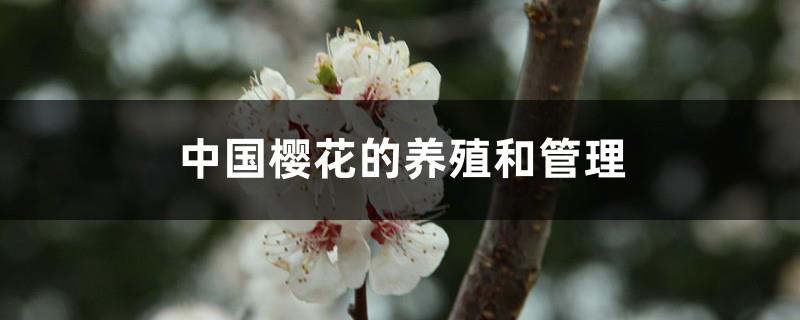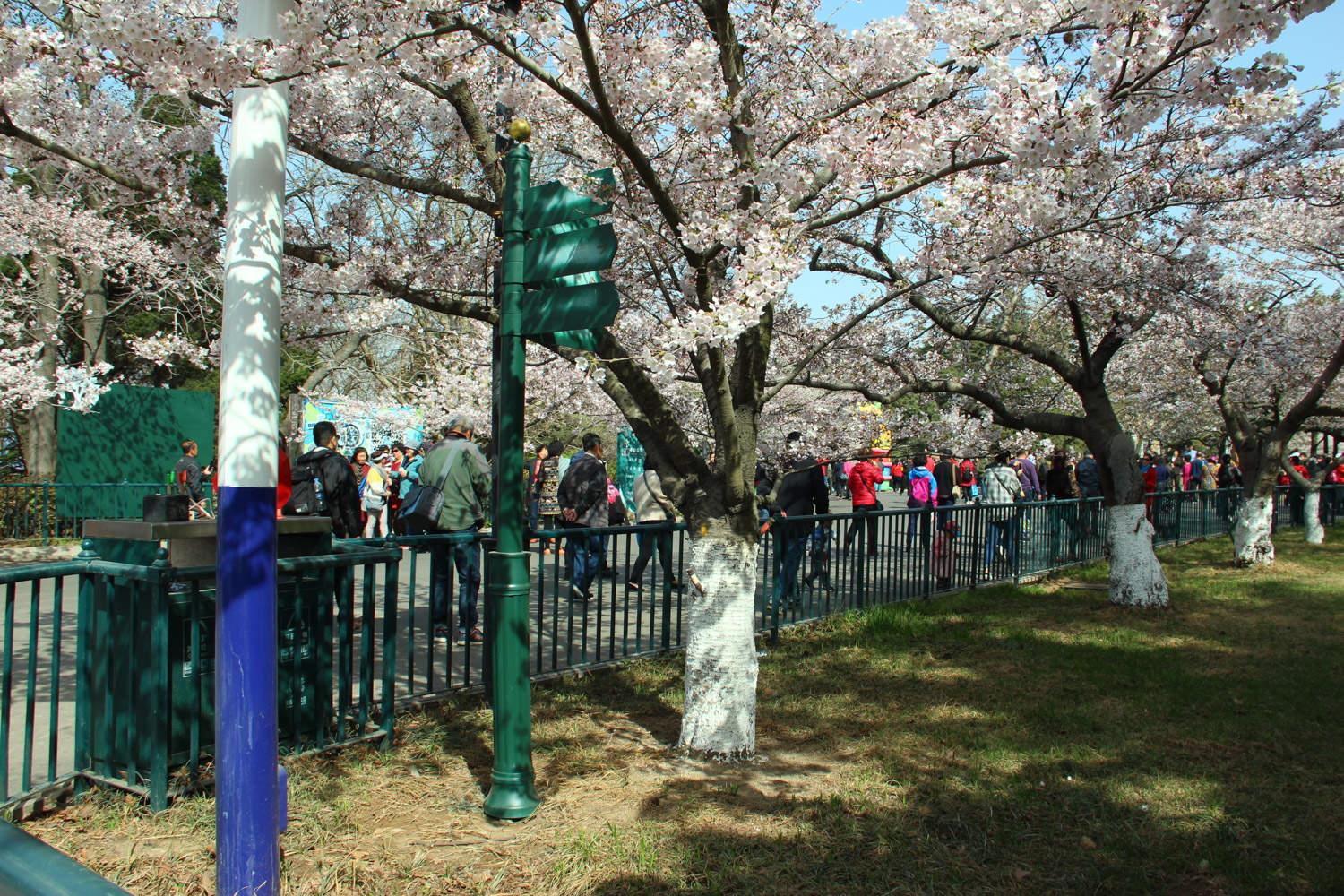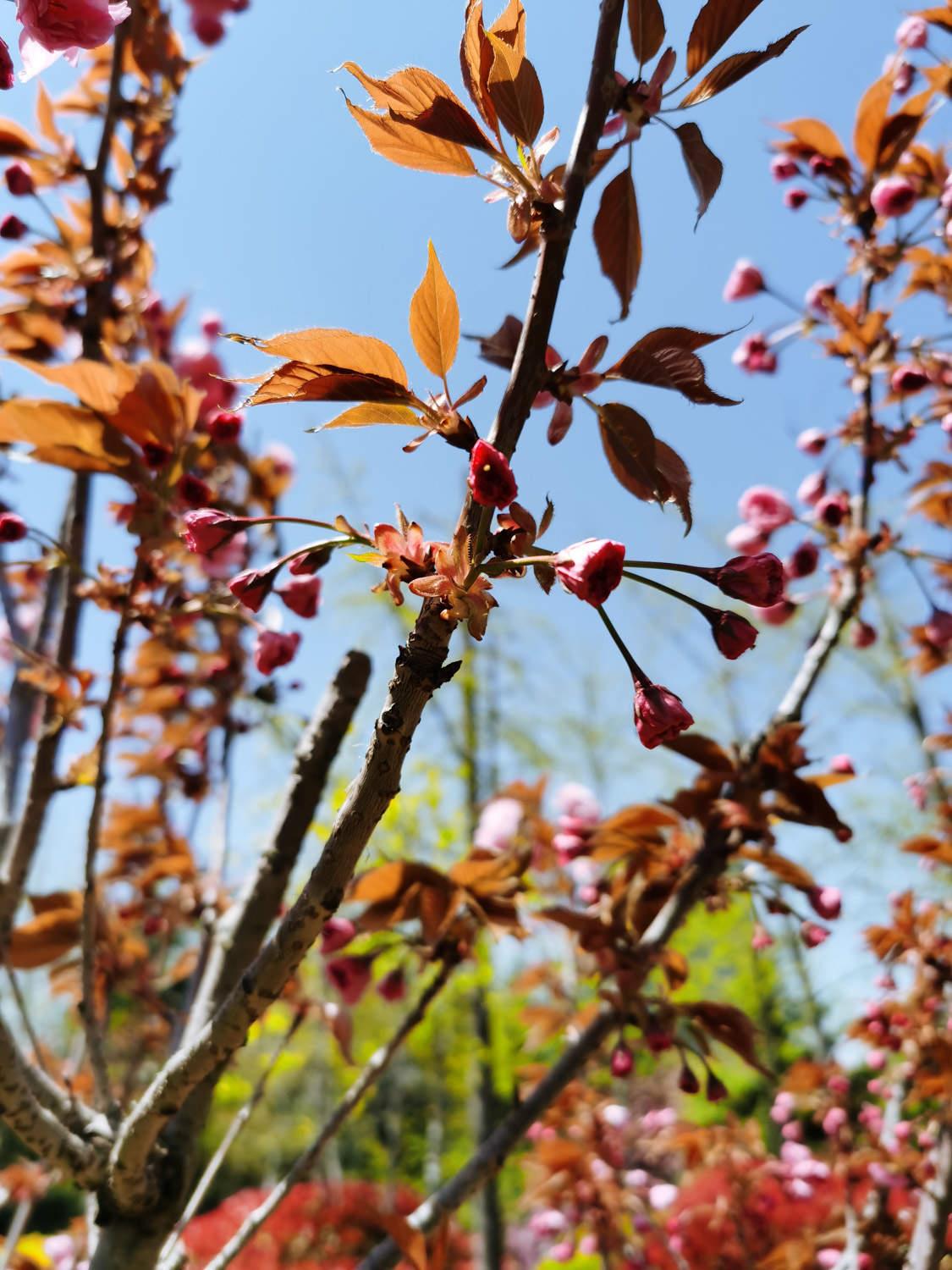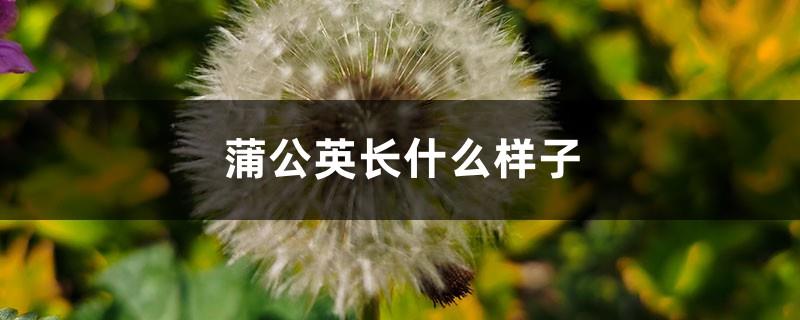Cultivation and management of cherry blossoms in China
Last Update :2024.06.15
Article Catalog
There are quite a few varieties of cherry blossoms, one of which is called Chinese mountain cherry blossoms, which is Chinese cherry blossoms in a narrow sense. In addition, we also refer to several kinds of cherry blossoms as Chinese cherry blossoms. According to historical records, China is the origin of cherry blossoms. In other words, there are quite a lot of cherry blossoms in our country today, but along with it, most people don’t know how to plant them or how to raise them. In fact, its cultivation and management have very obvious characteristics. The overall summary is that its transplant survival rate is not low, some cultivation operations are simple, and management is not difficult.

1. Time
1. Time
We need to pay strict attention to the planting time of Chinese cherry blossoms, because if the time is wrong, subsequent operations will not be carried out perfectly. Generally speaking, spring is the time for planting most plants, and the same is true for Chinese cherry blossoms. In addition, we can also plant them in autumn and winter. In comparison, autumn and winter are actually more suitable for cherry blossom planting. The specific reason is that in autumn and winter, if there is a wound during transplantation, it can heal quickly and grow new roots. In addition, the growth will be very fast in the second year.
2. Soil
Soil is very important, so the acidity and alkalinity must be well controlled. Usually the soil pH we need is between 5.5 and 6.5. In addition, it must be fertile. Drains well. If you are located in the north and the land is in an alkaline state, then we need to use some acidic substances to adjust it and measure it again every year. If it is in an acidic environment, you can also use some commonly used alkaline substances such as soda lime to adjust. In addition, if the groundwater level is less than one meter, then when we plant cherry blossoms, we need to level the land first and then pile up soil for planting seedlings.

3. Watering
Watering The principle of watering is the same as that of most plants. Water it when the soil is dry. The amount of water should be sufficient when watering.
4. Fertilization
If you fertilize, you need to use base fertilizer. In addition, we also need top dressing. The time of top dressing is before and after flowering.

5. Pruning
Except for autumn Pruning is required in the other three seasons. In winter, crown pruning is generally performed, and in spring, unnecessary branches, dead branches, and branches infected by diseases and insect pests must be cut off.
6. Pests and diseases
It is possible to get diseases and pests, so we need to pay attention to it at all times and use pesticides to kill the pests when necessary.

2. Soil
3. Watering
4. Fertilization
5. Pruning
6. Pests and diseases
- END -
How to grow camellias, the flower language of camellias

Temperature: It is recommended to control it within 18-25℃. Ventilation and cooli...
What does a dandelion look like?

Dandelions are distributed in both north and south of my country and are a relativ...